10 years on: the 2011 Great East Japan Earthquake and Tsunami
In remembrance, Prof David Tappin discusses the importance of tsunami anniversaries
11/03/2021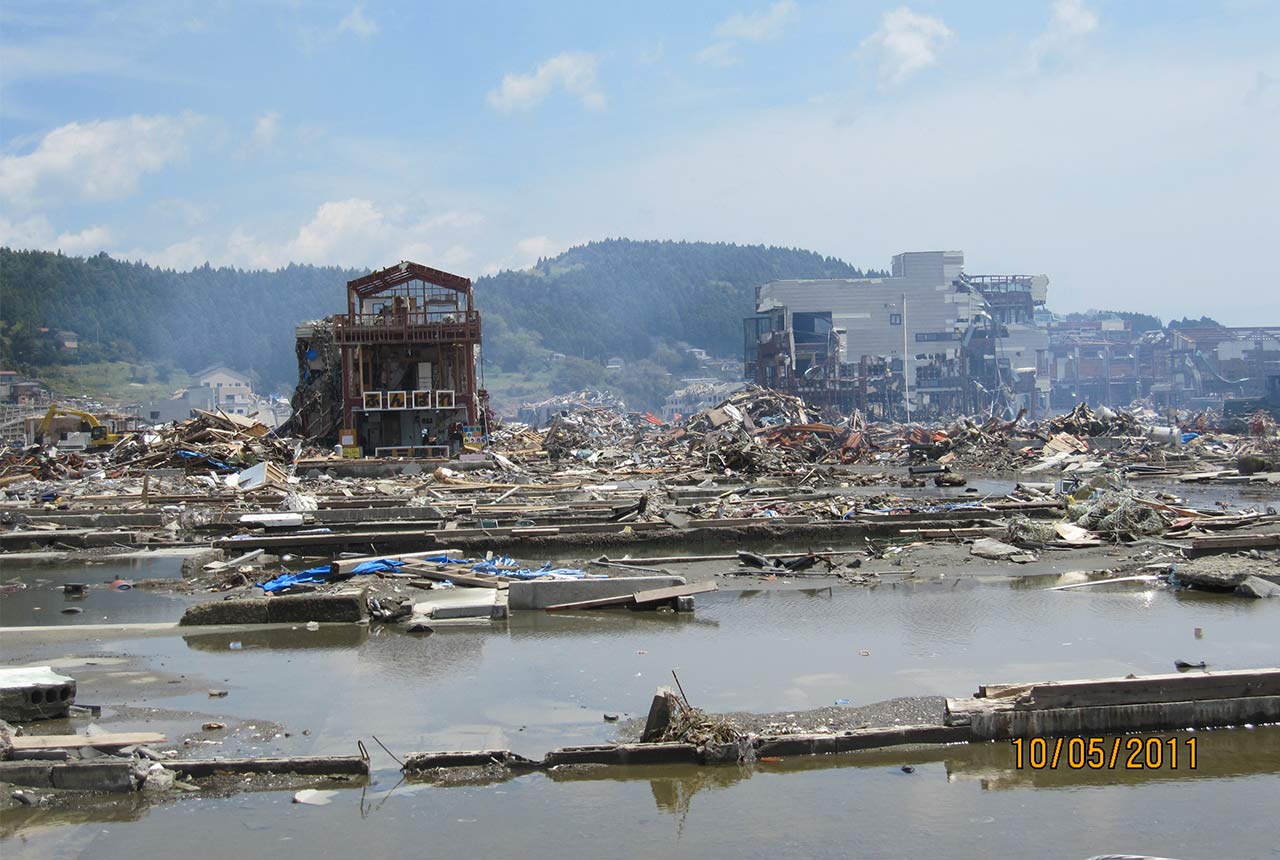
It is a time for remembrance; on the 11th March 2011 at 2.46 in the afternoon, a 9.1 magnitude earthquake off the east coast of Honshu Island, Japan caused a tsunami up to 40 metres high that flooded local coastlines, causing over 18,500 fatalities and over 280 billion dollars’ worth of damage. This was the most recent devastating tsunami, and its magnitude was a major surprise. Seven years previously, in 2004, in the Indian Ocean, another surprise earthquake generated tsunami resulted in over 220,000 deaths. Afterward, there was still some uncertainty over where these events would strike, and Japan demonstrated that the hazard was global but, also, that their mechanisms (earthquake or submarine landslide) might not be as clear cut as first observations might suggest.
Over the past 20 years there have been a number of devastating tsunamis, which suggests that we are living in the ‘Age of Tsunamis’. Perhaps the first of these important recent events was in 1998, in Papua New Guinea, where 2,200 people died in tsunami up to 15 metres high. Here the earthquake magnitude 7.1 was too small to explain the tsunami height, and for the first time, a submarine sediment failure, termed a slump was proved to explain the tsunami. At that time submarine landslides were not considered effective at causing hazardous tsunamis; and the landslide was identified by new technology available to map the seabed, with the surveys mainly funded by Japan. Six years after the Papua New Guinea tsunami, in December 2004 over 220,000 people died in the devastating tsunami that struck the eastern Indian Ocean. Then in March 2011 the Japan tsunami struck. Here, although the earthquake generated most of the tsunami along the low-lying Sendai Plain, the very high, up to 40 metre elevations, father north along the ‘Sanriku’ coast have been proposed as being from a secondary, submarine landslide. This is still not completely certain, but without the Papua New Guinea tsunami of 1998, it would have been an impossible idea.
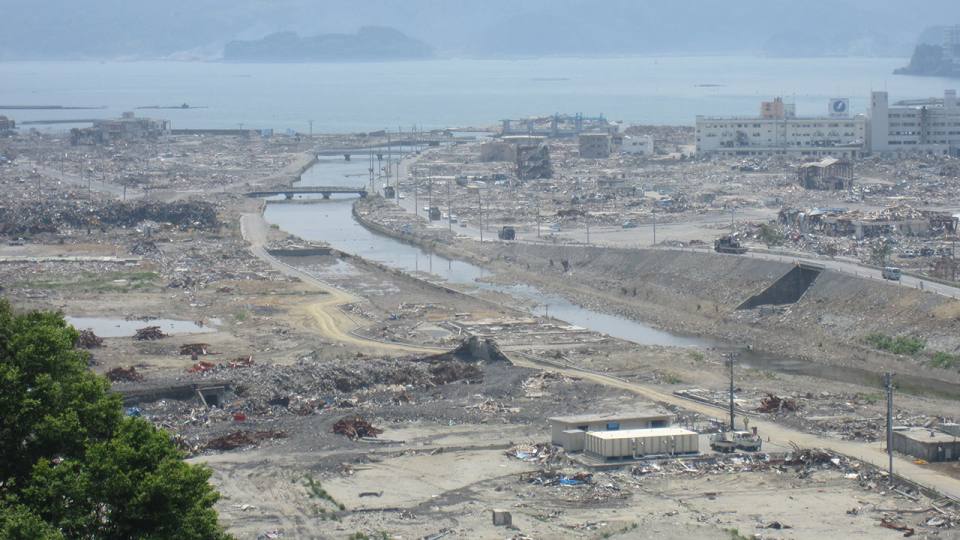
May 2011 – overview of tsunami damage in Minamisanriku, North Honshu Island. Source: © David Tappin / BGS
The tsunami events of 1998, 2004 and 2011 were catastrophic, with many hundreds of thousands of fatalities, but they all resulted in improved understandings of tsunami mechanisms and tsunami hazard which led to improved mitigation; there are now tsunami warning systems in all the world’s major oceans, whereas in 2004, only the Pacific was covered. The recent earthquake event in New Zealand testifies to the importance of these global warning systems; here there was no dangerous tsunami, but if there had been many lives would have saved.
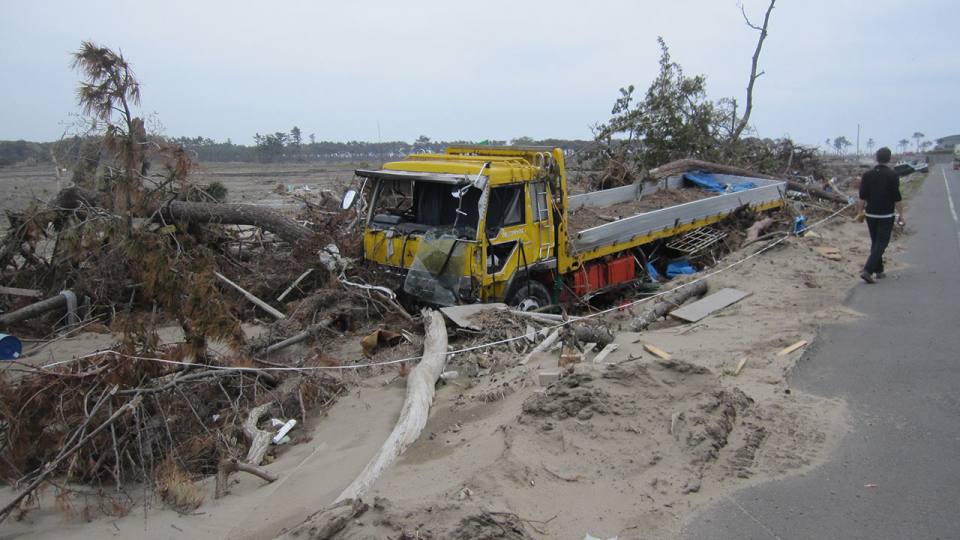
Tsunami 2011 damage on the Sendai Plain. Source: © David Tappin / BGS
Our knowledge base today, to plan and respond to tsunamis is far beyond anything considered possible 20 years ago. The result is that all the major ocean basins have warning systems. Devastating tsunami events are, fortunately, quite rare, but not impossible. In this context rather than letting time subdue our memories of these devastating events, anniversaries are important, both in remembering and honouring those who died and suffered in them, but also in reminding us that they will happen again in the future, and when they do we will be aware and prepared. Today’s anniversary of the Japan 2011 tsunami is critically important in this respect.
References:
Tappin, D.R., Evans, H.M., Jordan, C.J., Richmond, B., Sugawara, D., Goto, K., 2012. Coastal changes in the Sendai area from the impact of the 2011 Tōhoku-oki tsunami: Interpretations of time series satellite images, helicopter-borne video footage and field observations. Sedimentary Geology 282, 151-174.
Tappin, D.R., Grilli, S.T., Harris, J.C., Geller, R.J., Masterlark, T., Kirby, J.T., Shi, F., Ma, G., Thingbaijam, K.K.S., Mai, P.M., 2014. Did a submarine landslide contribute to the 2011 Tohoku tsunami? Marine Geology 357, 344-361
David Tappin is a BGS scientist, and Visiting Professor at University College, London, who has researched tsunamis for over 20 years, including those in Papua New Guinea, the Indian Ocean and Indonesia. After the Japan 2011 tsunami struck, he participated in a number of post-tsunami field surveys in Japan and published on the possibility that the tsunami was in part caused by a submarine landslide. Most recently he has researched the Indonesian tsunamis of 2018 in Palu, Sulawesi and the Sunda Strait.
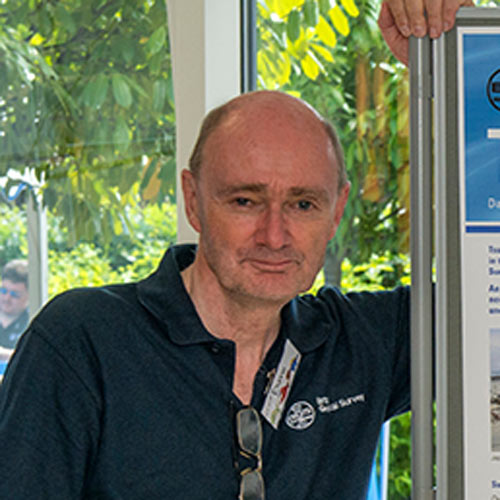
Prof David Tappin
Principal researcher
Relative topics
Latest news
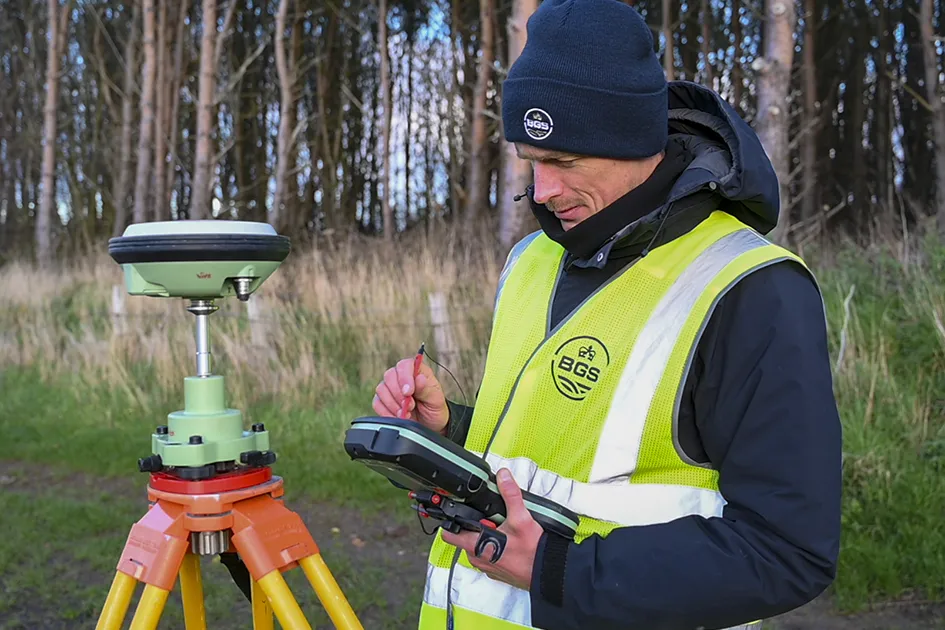
‘Three norths’ set to leave England and not return for hundreds of years
12/12/2025
The historic alignment of true, magnetic, and grid north is set to leave England, three years after they combined in the country for the first time since records began.

BGS agrees to establish collaboration framework with Ukrainian government
11/12/2025
The partnership will focus on joint research and data exchange opportunities with Ukrainian colleagues.
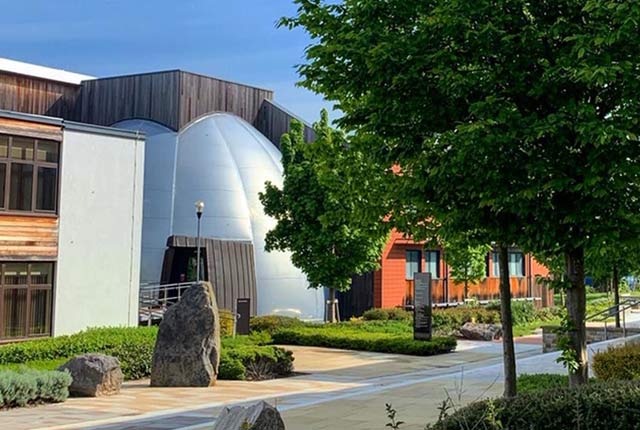
Making research matter: BGS joins leading research organisations in new national initiative
10/12/2025
A new alliance of 35 organisations has been formed that is dedicated to advancing science for the benefit of people, communities, the economy and national priorities.

New 3D model to help mitigate groundwater flooding
08/12/2025
BGS has released a 3D geological model of Gateshead to enhance understanding of groundwater and improve the response to flooding.
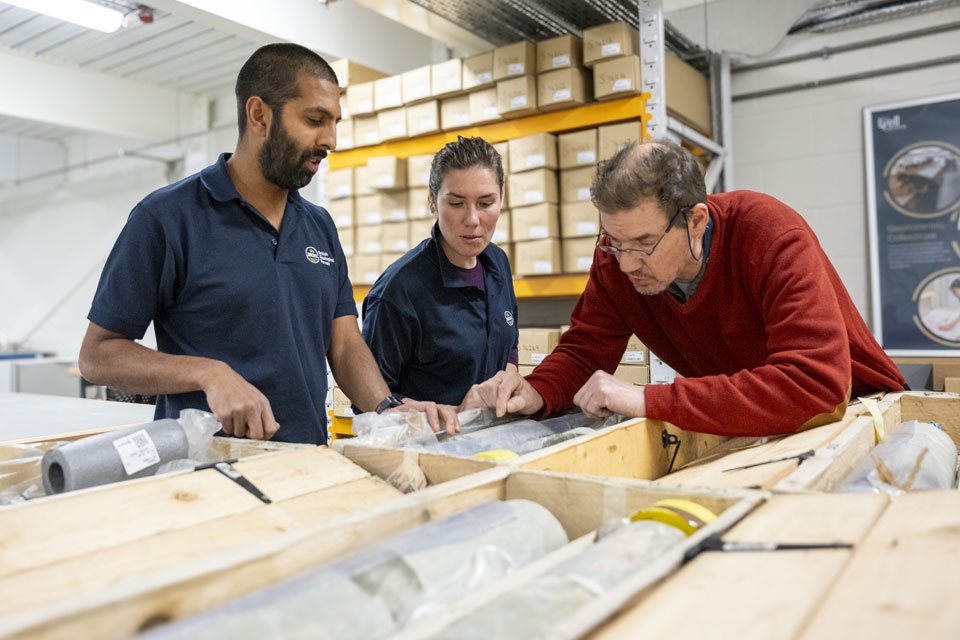
Scientists gain access to ‘once in a lifetime’ core from Great Glen Fault
01/12/2025
The geological core provides a cross-section through the UK’s largest fault zone, offering a rare insight into the formation of the Scottish Highlands.
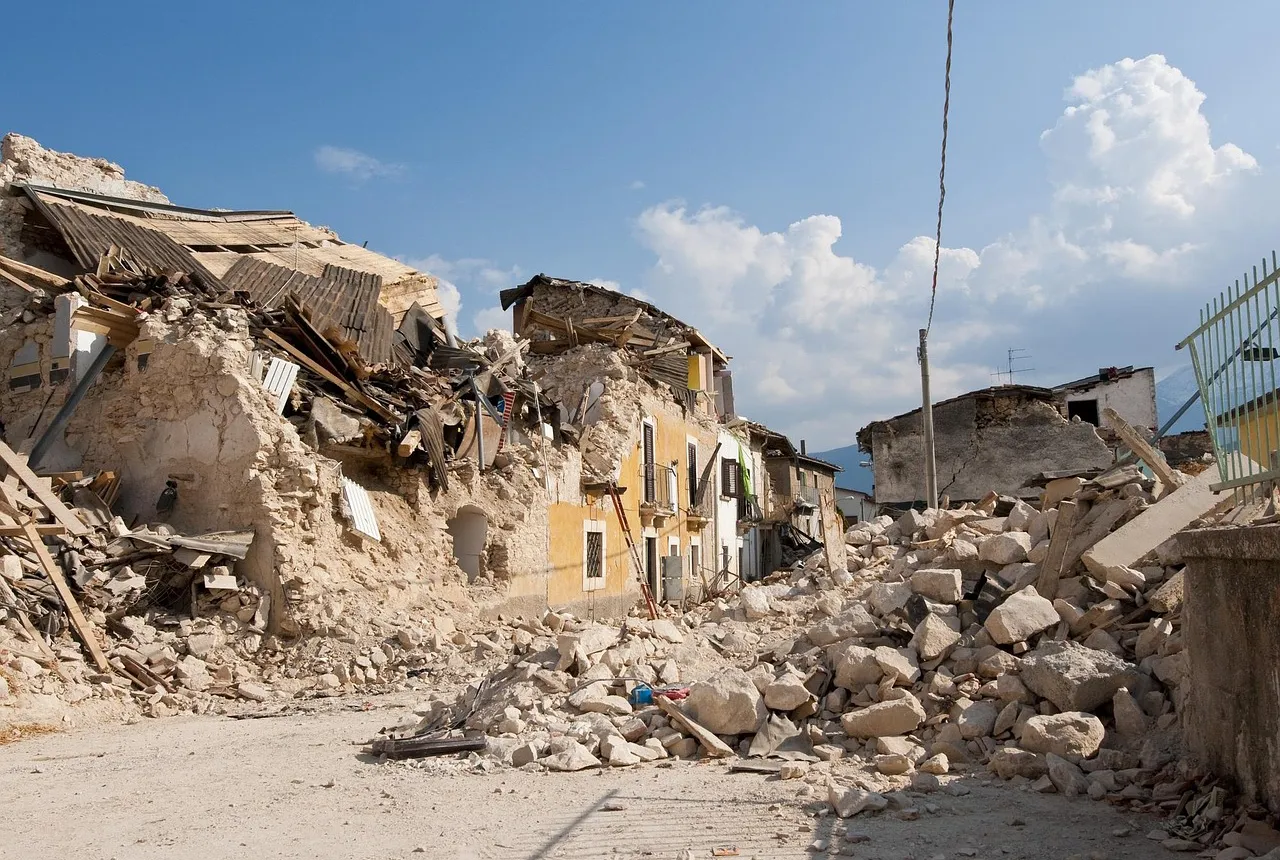
New research shows artificial intelligence earthquake tools forecast aftershock risk in seconds
25/11/2025
Researchers from BGS and the universities of Edinburgh and Padua created the forecasting tools, which were trained on real earthquakes around the world.

BGS welcomes publication of the UK Critical Minerals Strategy
23/11/2025
A clear strategic vision for the UK is crucial to secure the country’s long-term critical mineral supply chains and drive forward the Government’s economic growth agenda.

New funding awarded for UK geological storage research
21/11/2025
A project that aims to investigate the UK’s subsurface resource to support net zero has been awarded funding and is due to begin its research.
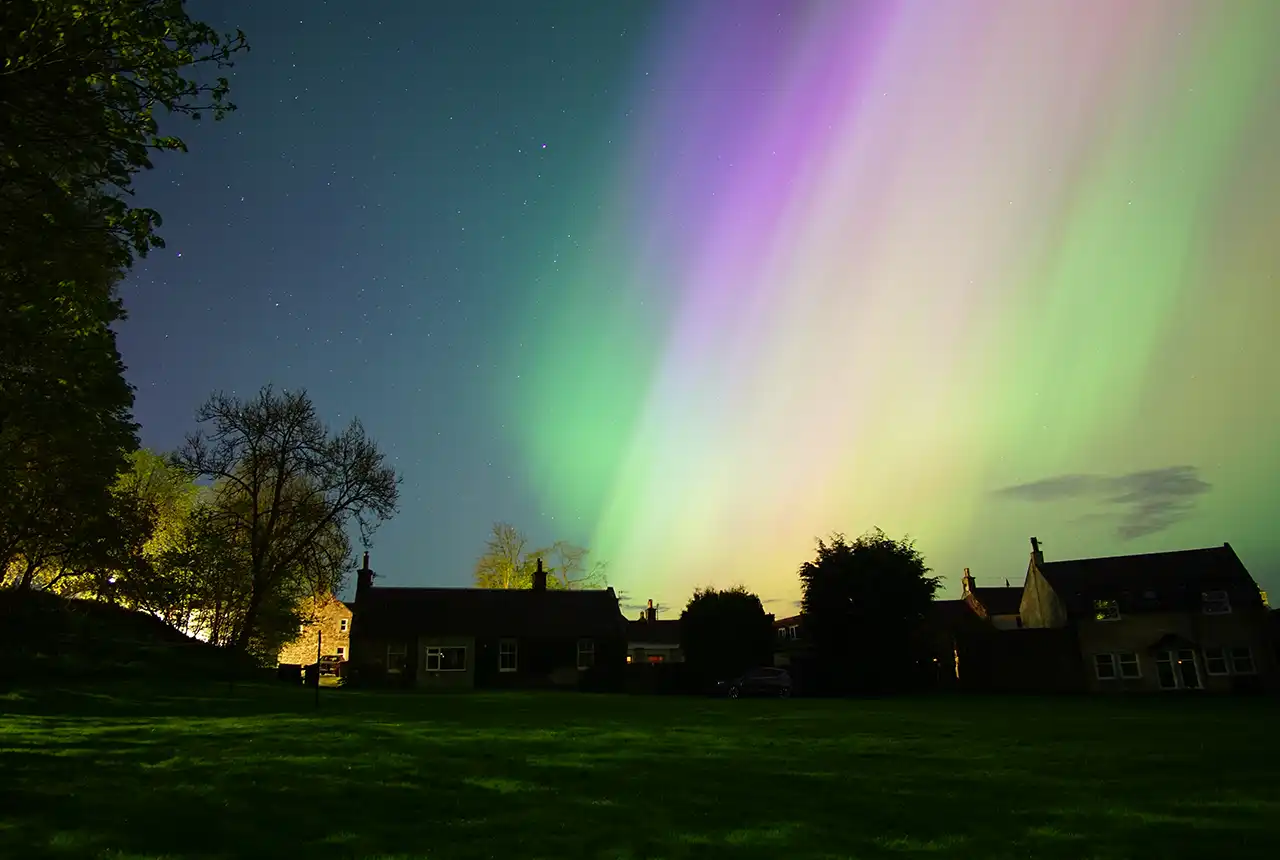
UK braced for what could be the largest solar storm in over two decades
12/11/2025
Intense geomagnetic activity could disrupt technology such as communication systems, global positioning systems and satellite orbits.
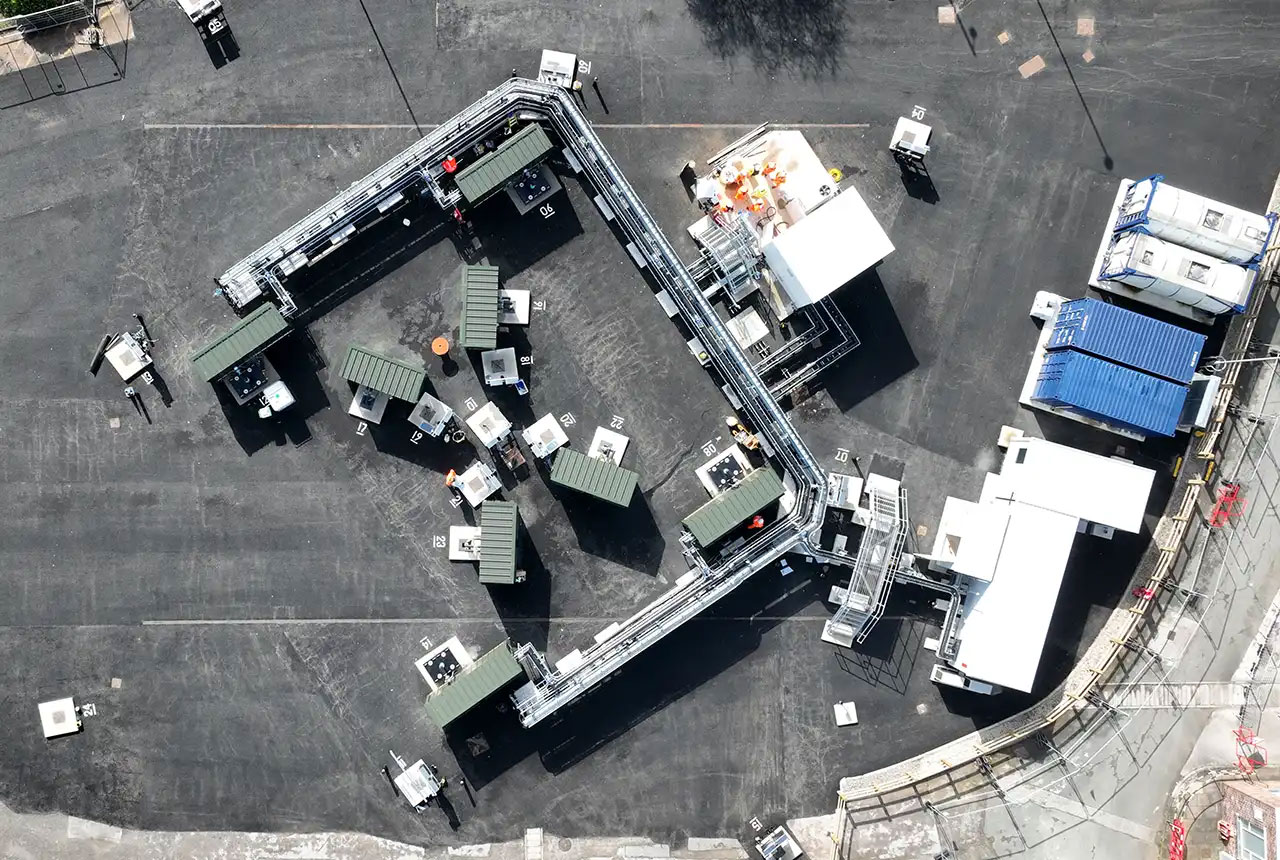
First distributed acoustic sensing survey completed at UK Geoenergy Observatory
12/11/2025
New research at the Cheshire Observatory has shown the potential for mapping thermal changes in the subsurface using sound waves.
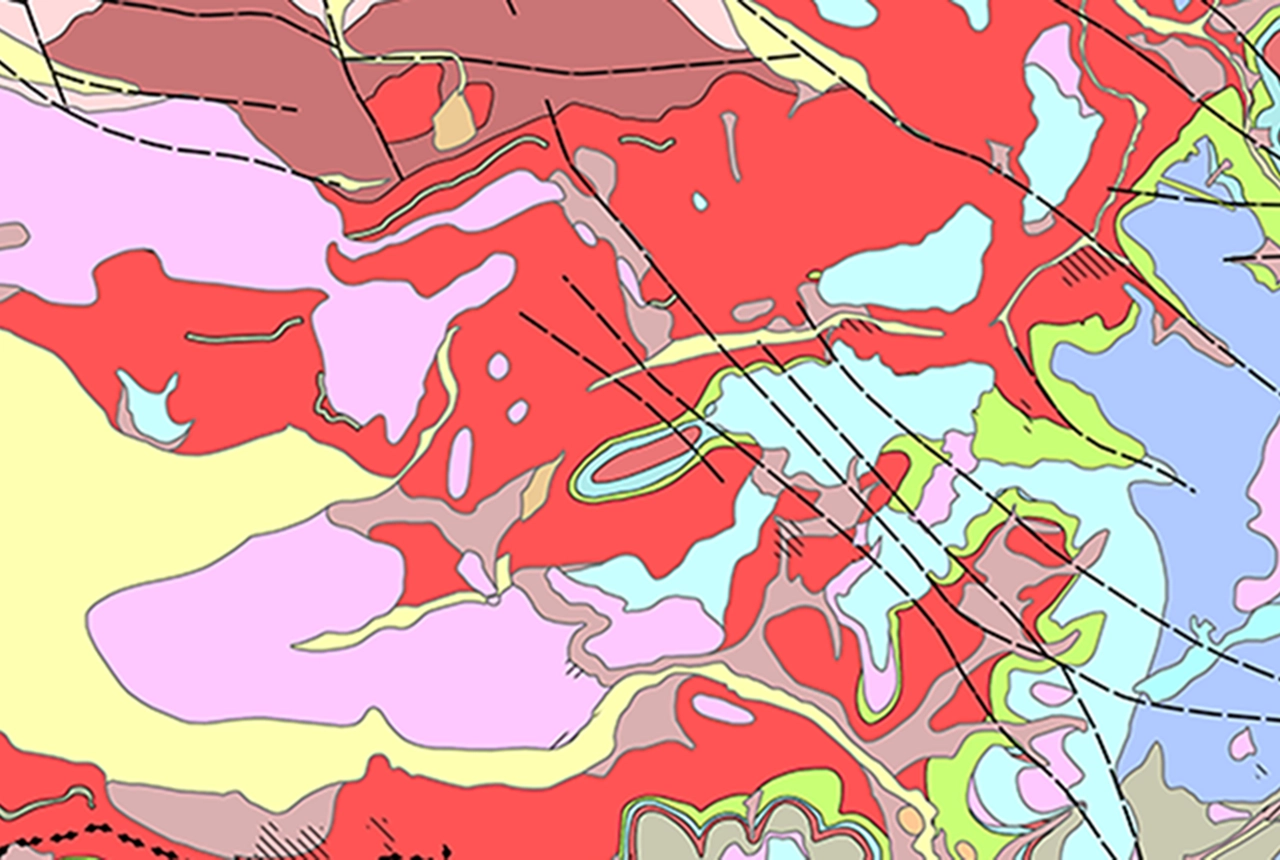
Latest BGS Geology 50K mapping data launched
06/11/2025
Some of our most widely used maps have received a major update, including the 1:50 000-scale map series that now includes enhanced coverage of Great Britain.
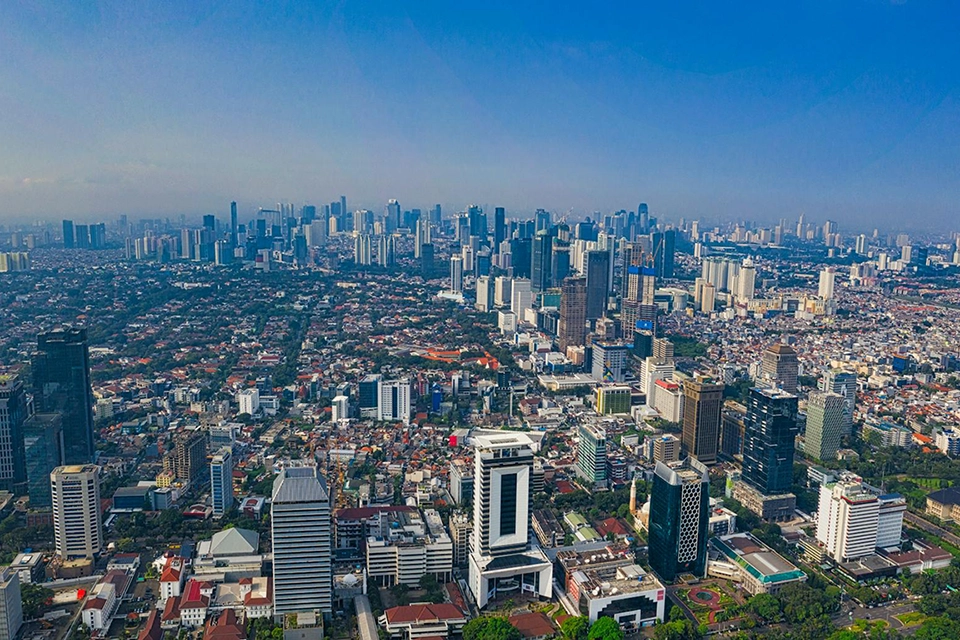
New research highlights significant earthquake potential in Indonesia’s capital city
04/11/2025
Research reveals that a fault cutting through the subsurface of Jakarta could generate a damaging earthquake of high magnitude.


